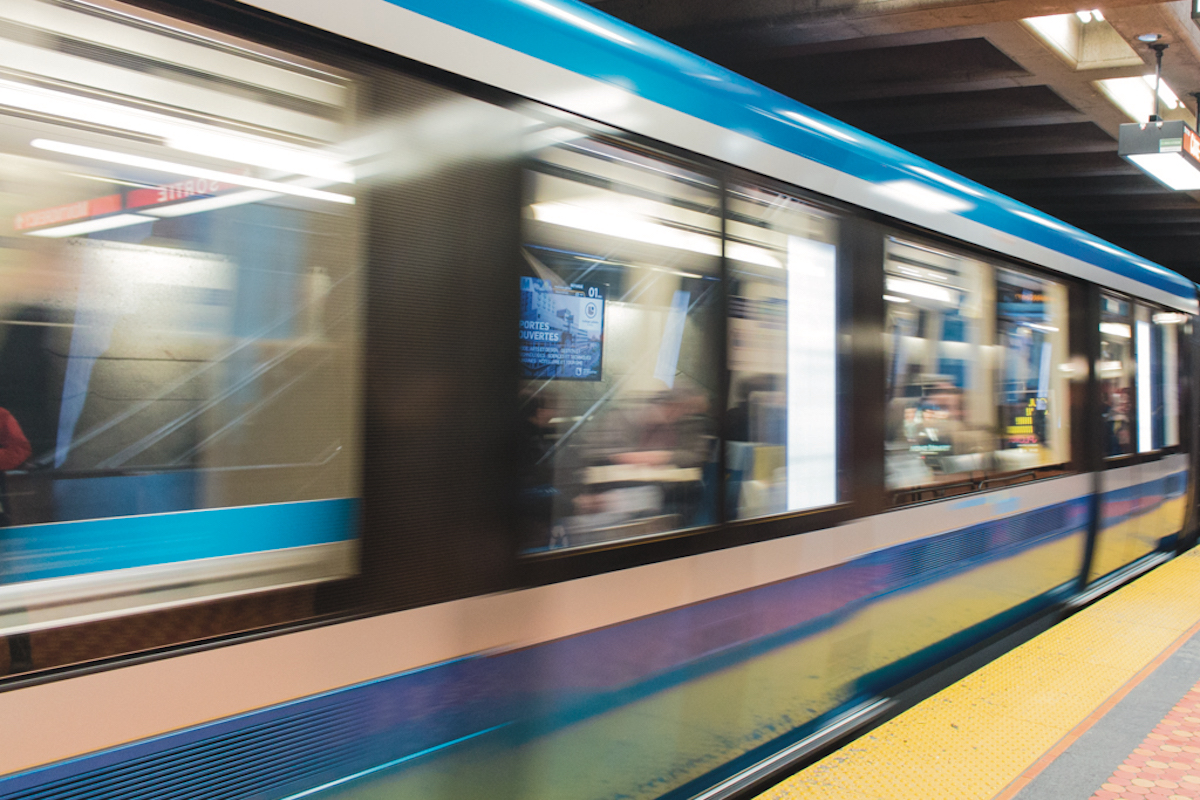The Blue Line metro will have five added stops
For three decades, the City of Montreal has discussed the extension of the metro’s Blue Line.
Finally, Quebec’s Junior Transport Minister and Minister for Montreal Chantal Rouleau announced on March 18 that the long-awaited extension is finally set to be completed by 2029.
The extension will include five new metro stations. They will be located along Jean-Talon St. where it intersects with Boulevards Pie-IX, Viau, Lacordaire, and Langelier, as well as at Bélanger St., on either side of Highway 25, for the terminal station in Anjou.
This extension aims to facilitate and shorten commute times for residents, workers, and in particular, students. Rouleau explained that this project would allow economic and social development of the eastern neighbourhood.
“The project is optimized to give the opportunity of the whole new neighbourhood at the east of Highway 25 to have access to the metro,” explained Rouleau.
“It gives opportunities to students to go faster to universities. It gives opportunities to enterprises to have more employees coming in [public] transport without their cars,” Rouleau added.
Sarah Bruyère, a first-year interior design student at the Université de Montréal (UdeM), lives in Anjou and is one of the many students who will benefit from an added stop, which will shorten her commute to school.
“I feel like it’s about time, because my mom told me that even before I was born, she hoped there would be a metro going to Anjou by the time I was in university,” said Bruyère.
“It would be so much easier if the metro came to Galerie d’Anjou, because now I have to take two buses to get to Saint-Michel station, and it takes me one hour and 15 minutes to get to school,” Bruyère added.
Unlike UdeM students living in the east, some Concordia students residing in the same area won’t benefit from added stops on the Blue Line. Olivia Integlia, a first-year journalism and political science student, wished the metro extension would connect the blue line to the green line.
“When I heard that they were installing a metro line near the east-end, it was actually great news because the closest one is Cadillac or Viau metro. What kind of surprised me a little bit is that it’s the Blue Line,” explained Integlia.
“I think personally, if I’m thinking about my commute to Concordia, it won’t really affect me.”
The Blue Line metro extension is a step forward in developing the east-end further, as promised in the Déclaration pour revitaliser l’est de Montréal, which was signed in 2018. The declaration is an agreement between the city and the Quebec government to provide funding for land redevelopment by 2024 and to promote sustainable and integrated mobility.
The original cost was $4.5 billion. Rouleau announced that the new budget is between $5.8 and $6.4 due to many factors, one being expropriation (the government’s power to take private property for public use).
“It will be very easy for the residents to have this access. And it will be better for everybody,” said Rouleau.
Photo by Kelsey Litwin
